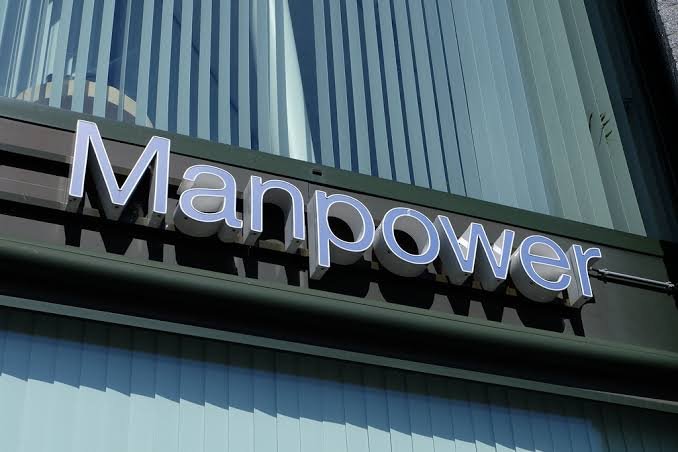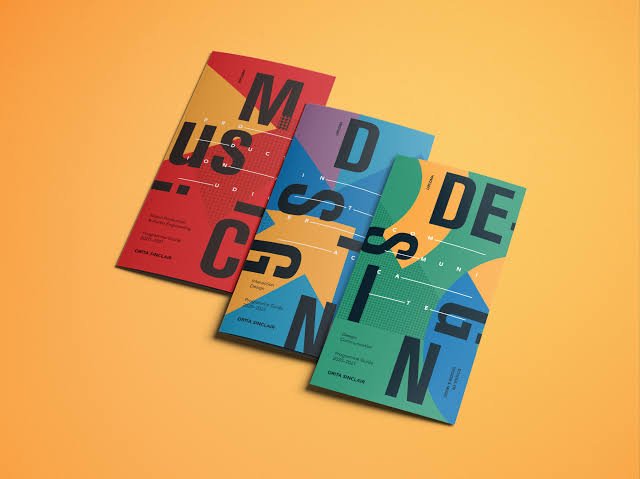Job Selection Process

Selection Process

The selection procedure consists of a series of steps.Each step must be successfully cleared before the applicant proceeds to the next. The selection process is a series of successive hurdles or barriers which an applicant must cross.These hurdles are designed to eliminate an unqualified candidate at any point in the selection process. Thus, this technique is called “SUCCESSIVE HURDLES TECHNIQUE”. In practice, the process differs among organisations and between two different jobs within the same organisation. Selection procedure for the senior managers will be long drawn and rigorous, but it is simple and short while hiring lower level employees. The following figure shows a generalised selection process:
Steps involved in employee selection are explained in detail as follows:
1. External and Internal Environment. Selection is
influenced by several external and internal environmental factors. The important external factors affecting selection are supply and demand of specific skills in the labour market, unemployment rate, labour market conditions, legal and political considerations etc. The internal factors are organisation’s image, organisation’s policy, human resource planning and cost of hiring.
2. Reception. The receipt and scrutiny of applicationsnis the first step in the process. of selection. A receptionist in the personnel department gives information about new openings to the visitors and receives their applications. The scrutiny of applications is essential to take out those applications which do not fulfill the requirements of posts. Somenpeople send applications even when they do not possess the required experience and qualifications. These applicants if called for preliminary interviews, will waste their own time and that of the company. These applications should out rightly be rejected and information should be sent to the applicants in this regard.
3. Preliminary Interview. Preliminary interview is a
sorting process in which the prospective candidates are given the necessary information about the nature of the jobnand the organisation. Necessary information is obtained from the candidates about their education, skills, experience, expected salary etc. If the candidate is found suitable, he is selected for further screening. This countesy interview’ as it is often called, helps the department screen out obvious misfits. Preliminary interview saves time and efforts of both the company and the candidate. It avoids unnecessary waiting for the rejected candidates and waste of money on further processing of an unsuitable candidate. Preliminary interview is brief and generally carried out by a junior executive across the counter or at the reception office. Since rejection rate is high at preliminary interview, the interviewer should be kind, curteous, receptive and informal. He shouldngive a good account of the company so that the applicantbtakes a good view of it and hopes to apply again whenever new opening comes.
4. Blank Application Form. A blank application form is a widely accepted device for getting information from a prospective applicant. This is a way of getting written information about candidate’s particulars in his own handwriting. It enables the personnel department to draw tentative inferences about the applicant’s suitability for employment.The information collected in the application form may also be circulated to various members of selection committee forbenabling them to make a view about different applicants.
The information collected in blank application relates to the following particulars :
1.Bio-data. Bio-data includes name of the appli-
cant, father’s name, date of birth, place of birth, permanent address, height, weight, identification mark, marital status, physical disability etc.




